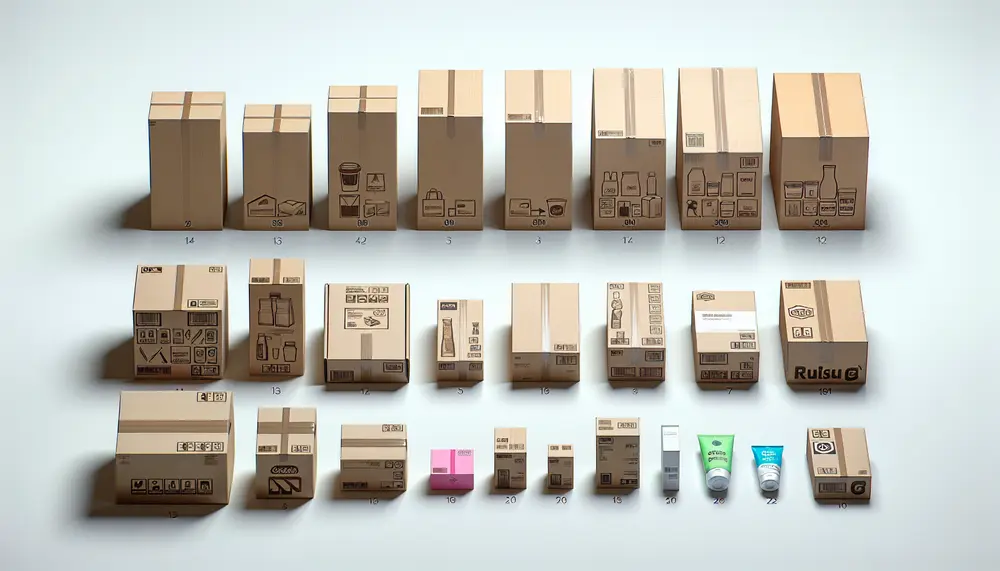Rotogravure
Rotogravure
Rotogravure in Packaging
Rotogravure is a printing process used in the packaging industry. It involves engraving images onto a cylinder, which then transfers ink onto the packaging material. This method is known for producing high-quality and detailed prints.
How Rotogravure Works
In rotogravure printing, the cylinder has tiny cells that hold the ink. As the cylinder rotates, it picks up ink from an ink fountain. A doctor blade removes excess ink, leaving ink only in the cells. The cylinder then presses against the packaging material, transferring the ink and creating the image.
Advantages of Rotogravure
Rotogravure offers several benefits for packaging. It provides high-resolution images, making it ideal for detailed designs. It also supports a wide range of colors and can print on various materials, including plastic, paper, and foil. Additionally, rotogravure is efficient for large print runs, making it cost-effective for high-volume packaging.
Applications in Packaging
Rotogravure is commonly used for printing labels, flexible packaging, and cartons. It is popular in industries like food and beverage, cosmetics, and pharmaceuticals. The ability to produce consistent and vibrant prints makes it a preferred choice for many brands.
Conclusion
Understanding rotogravure is essential for anyone involved in packaging. Its ability to produce high-quality prints and handle large volumes makes it a valuable printing method. Whether you are designing labels or creating flexible packaging, rotogravure can help achieve stunning results.
Blog Posts with the term: Rotogravure

Product packaging is essential for protection, marketing, and providing consumer information; it influences brand perception and purchase decisions through design elements like color schemes. The design process involves research, feedback, prototyping, and technical considerations to ensure functionality and appeal. Choosing packaging...
